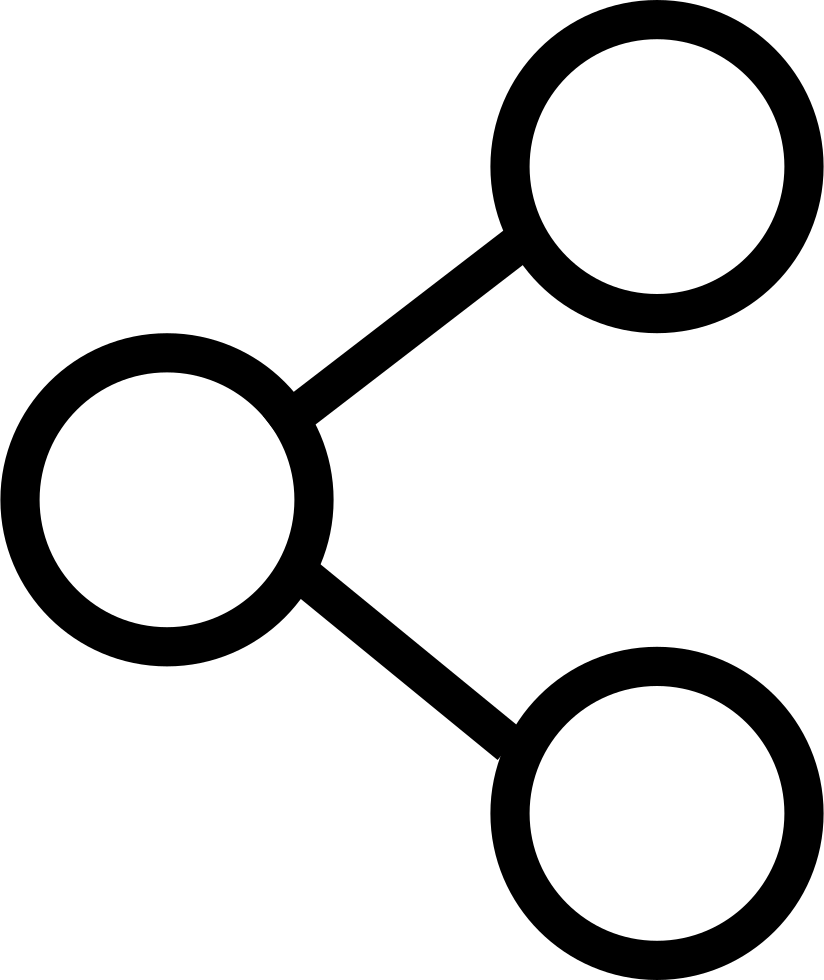
Digital transformation improves the care of social services
Social services constitute the fourth pillar of the Welfare State, along with health, education and pensions. The progressive ageing of the population and the social and economic crisis caused by the pandemic make it essential to rethink them in accordance with the current environment and future trends.
Social services constitute the fourth pillar of the Welfare State, along with health, education and pensions. The progressive ageing of the population and the social and economic crisis caused by the pandemic make it essential to rethink them in accordance with the current environment and future trends.


In the report Modernización de los Servicios Sociales prepared by Julio Espiña and Patricia Leal from Minsait, an Indra company, it is clear that innovative and disruptive technologies are the most effective way to increase the proactivity, sustainability and efficiency of social services and to respond to the new reality.
A paradigm shift is needed in the provision and management of social services that allows the use of technologies at the service of citizens and the Administration to act in a more preventive and proactive way and with the least possible bureaucracy. To achieve this, we are committed to the development of solutions that increase the coordination of social intervention between social services professionals and social action entities and that promote the autonomy and quality of life of people, making them active subjects in making decisions that affect their lives.
The use of methodologies focused on user experience directly involves professionals and users of social services in the design of applications, gathering their knowledge and needs in navigable mock-ups that are validated prior to programming to create more accessible and adapted tools.
This is the case of the Single Social History, which brings together in a single system a 360º view of the users and their family unit to offer multidisciplinary and coordinated care among all the agents involved in the provision of social services. In addition, it facilitates users' access to their summarised information and lays the foundations for the future integration of social and health information and information from other systems on employment, justice and education.
At the same time, the development of interoperability solutions is essential to guarantee continuity of care by enabling the exchange of information between the different levels of the Administration and with other entities such as NGOs, associations and foundations.
On the other hand, the use of mobile devices to simplify the daily work of professionals, eliminate paper and increase the efficiency of the networked work model is increasingly gaining momentum.
Artificial intelligence and advanced analytics are one of the great levers for implementing preventive social policies that guarantee the sustainability of social services. They are indispensable to support decision-making and budget planning, as well as to define social policies that anticipate needs and reduce the impact of risks.
These technologies also make it possible to design guidance tools to help social services professionals find the most suitable resources for each person, to develop solutions for the protection of the most vulnerable groups (minors, victims of violence, people in situations of social exclusion, dependent and disabled people) and to adapt preventive and awareness-raising campaigns.
Reducing waiting lists is an increasingly important challenge. Thanks to the use of intelligent robotisation techniques (RPA), it is possible to simplify the application for benefits and drastically reduce the processing time of files, avoiding repetitive and manual processes such as the generation of certificates, checking the requirements for benefits or sending notifications about changes in regulations, among other things.
Another important contribution of artificial intelligence is the development of social telecare solutions that favour the prevention of situations of dependency, delaying admission to residential centres and hospitals and allowing people to remain at home in a safe and assisted manner. These are apps and virtual assistants that allow users to be linked to the entire care network of professionals, include non-intrusive sensors (sleep, heart rate or emergency button) that alert them to anomalies, and offer entertainment, healthy living or cognitive stimulation services, among others.
These tools are also consolidating as new digital communication channels that inform citizens about administrative procedures, as well as accompanying them in the processing of aid and benefits. Training for carers and professionals and appointment management are other of its multiple applications.
We advocate an evolution of the concept of residence towards cognitive centres that use sensors and artificial intelligence to analyse behavioural patterns and detect anomalies, improve the management of spaces and the flow of people, and enhance energy efficiency and environmental care.








Add comment